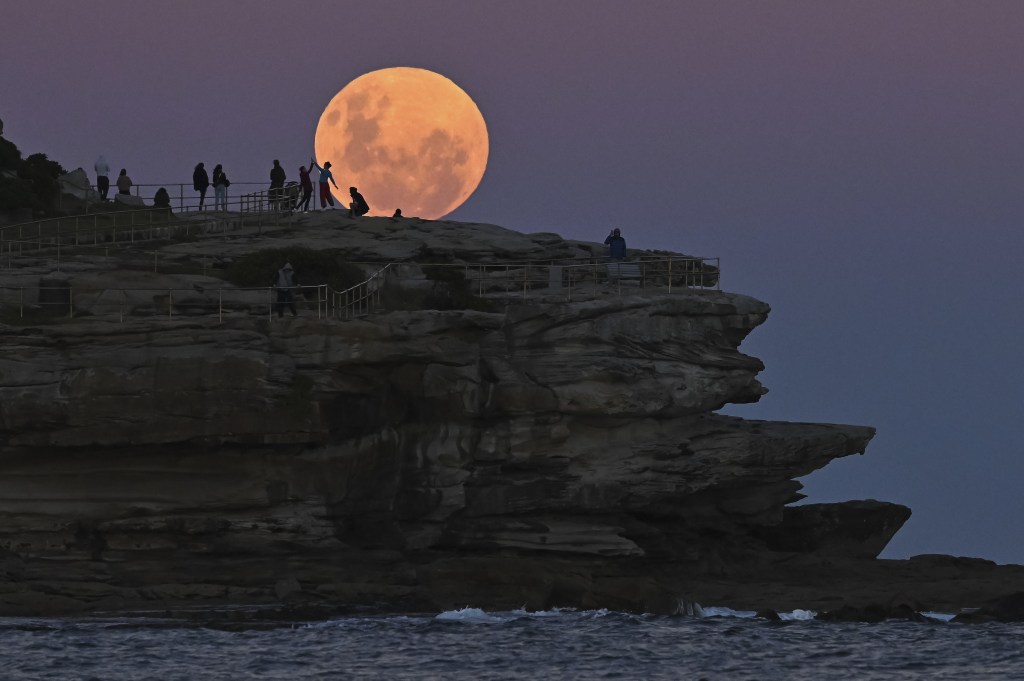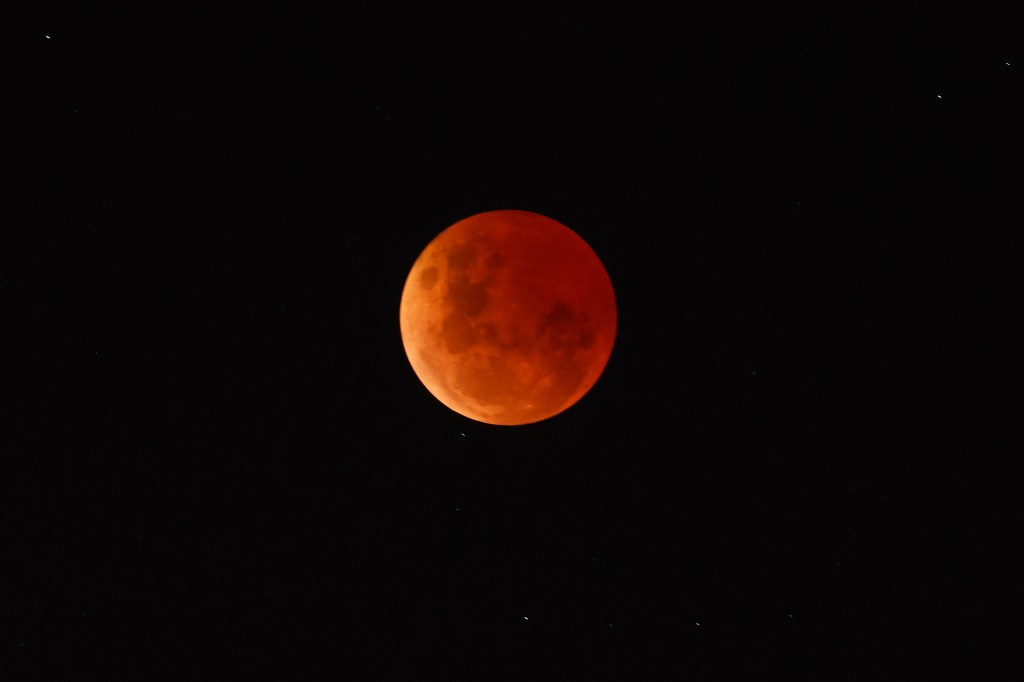Australia is in prime position to witness a rare total lunar eclipse – known as a “blood moon” – on the night of September 7. Here’s what to know and where to go to get your best chance of catching a glimpse.

Key Takeaways
- A total lunar eclipse will be visible across Australia on the night of September 7 into the early hours of September 8.
- The moon will enter totality for 82 minutes, turning deep red as it passes through Earth’s shadow.
- Peak eclipse occurs at 4:11am AEST in Sydney, Melbourne, Brisbane, Canberra, and Hobart.
- Adelaide and Darwin will see maximum eclipse at 3:41am; Perth at 2:11am local time.
- The moon will be near perigee, making it appear slightly larger and brighter than usual.
- This is the last total lunar eclipse fully visible from Australia until March 2026.
Key Background
A total lunar eclipse occurs when the Earth moves directly between the Sun and the Moon, casting a full shadow across the lunar surface. As sunlight passes through Earth’s atmosphere, the light bends and filters, allowing red wavelengths to reach the Moon. This gives the Moon its distinctive reddish appearance during totality, commonly referred to as a “blood moon.”
While partial and penumbral eclipses are more common, total lunar eclipses are less frequent and often not fully visible from any one location. The eclipse on September 7–8 is notable because it will be visible in its entirety across all of Australia, from start to finish.
The event also coincides with the Moon’ approach to perigee – its closest point to Earth – which will make it appear slightly larger in the sky. Although not a true “supermoon,” the proximity adds to the visibility and overall impact of the eclipse.
This is the second and final total lunar eclipse of 2025. The previous one in March was only partially visible from parts of Australia.
The next opportunity for Australians to witness a total lunar eclipse won’t come until March 2026.

Big Number
82 minutes: The duration of totality, when the Moon will appear fully red across Australia’s night sky.
What to Watch For
The eclipse begins in the early hours of September 8 in most time zones.
Maximum eclipse will occur at 4:11 am AEST in Sydney, Melbourne, Brisbane, Canberra, and Hobart; 3:41 am in Adelaide and Darwin; and 2:11 am in Perth. It will be best viewed from elevated areas away from artificial lighting.
Look back on the week that was with hand-picked articles from Australia and around the world. Sign up to the Forbes Australia newsletter here or become a member here.


